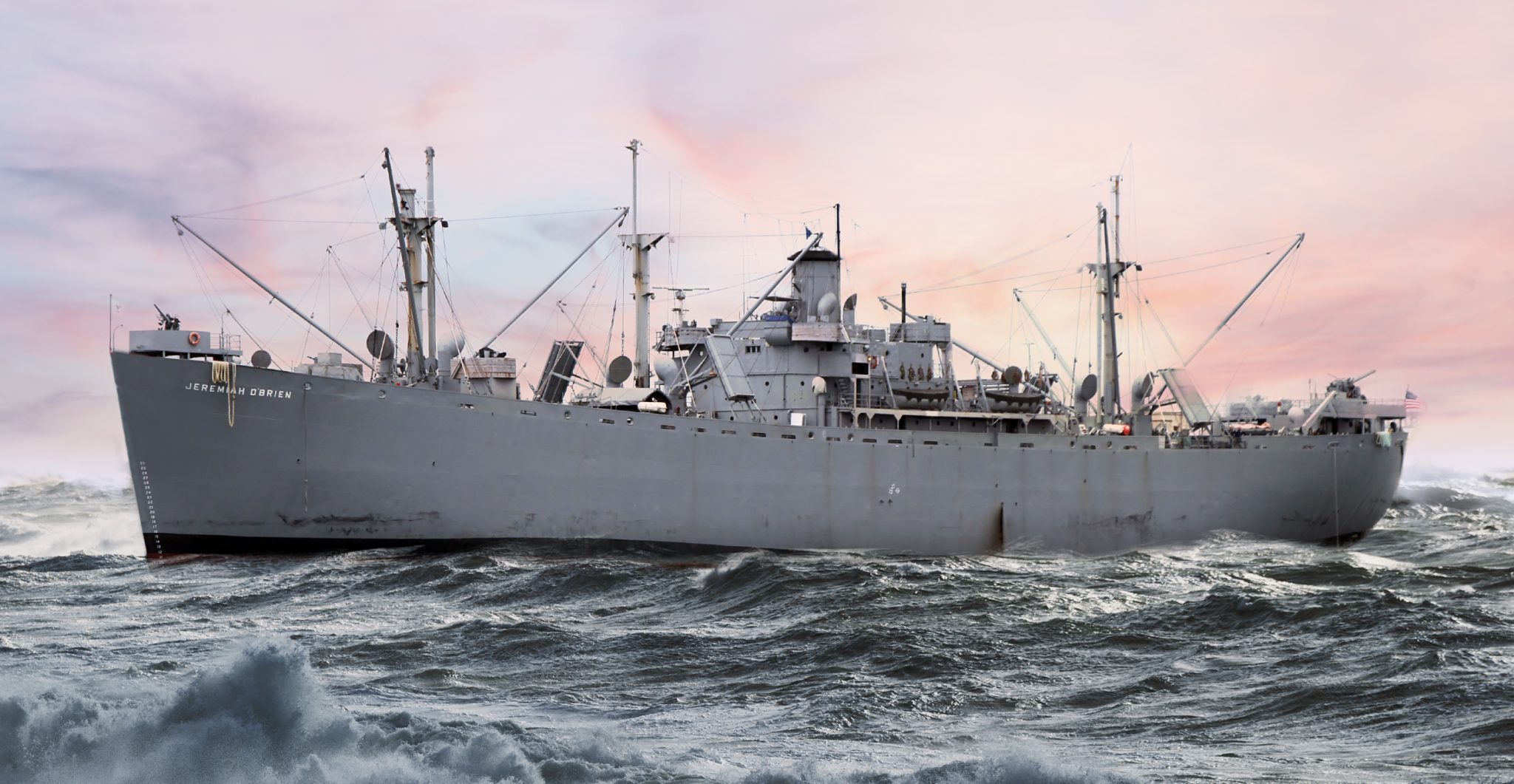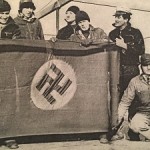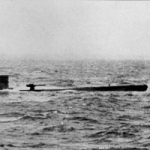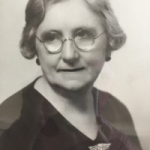A decade and a half after the Great War, the United States anxiously watched as tensions between European nations steadily mounted. War was coming again, and America needed to expand and modernize its merchant fleet in order to be prepared. The country’s fleet of freighters was aging and growing obsolete. The fleet needed more tankers and dry cargo ships.
To meet that need, Congress passed and President Roosevelt signed into law the Merchant Marine Act of 1936. The U.S. Maritime Commission, a creation of the act, laid the groundwork for expansion of the merchant fleet. By 1939, U.S. shipyards were turning out 50 ships a year. After Germany marched into Czechoslovakia, and the Maritime Commission doubled the building pace to 100 merchant ships a year, and then doubled the target again to 200 per year.
A year later, the British ordered 60 freighters from American shipyards to replace its merchant ships being sunk by German U-boats as the Battle of the Atlantic roared to life. The British design was based on the venerable tramp steamer, with its simple and reliable steam-engine power plant. It was cheap to build and cheap to run because the British had an abundance of coal for making steam.
American shipbuilders, stimulated by the British order, created a cargo vessel that was even quicker and easier to build. The construction process saved money and time by welding together the hull’s steel plates instead of riveting them. The American ship made use of the old triple-expansion steam engine because it was more rugged, easier to service, and more simple to build than a steam-turbine engine. Because of the ship’s standardized design, its parts could be widely manufactured.
The major emphasis for U.S. shipyards had become quantity: to build as many reliable ships as possible and as quickly as possible. In February, 1941, President Roosevelt announced a new U.S. shipbuilding program that would make use of mass production techniques. But, he warned, these new cargo ships would be “dreadful looking objects.”
In September, 1941, some 230 days after her keel was laid, the S.S. Patrick Henry was launched. She was the first of 2,700 U.S.-built cargo vessels known as “Liberty Ships,” and they would play a key role in the Battle of the Atlantic.

World War II's "ugly duckling" Liberty Ship was mass produced in the U.S. Photo credit: War History Online




